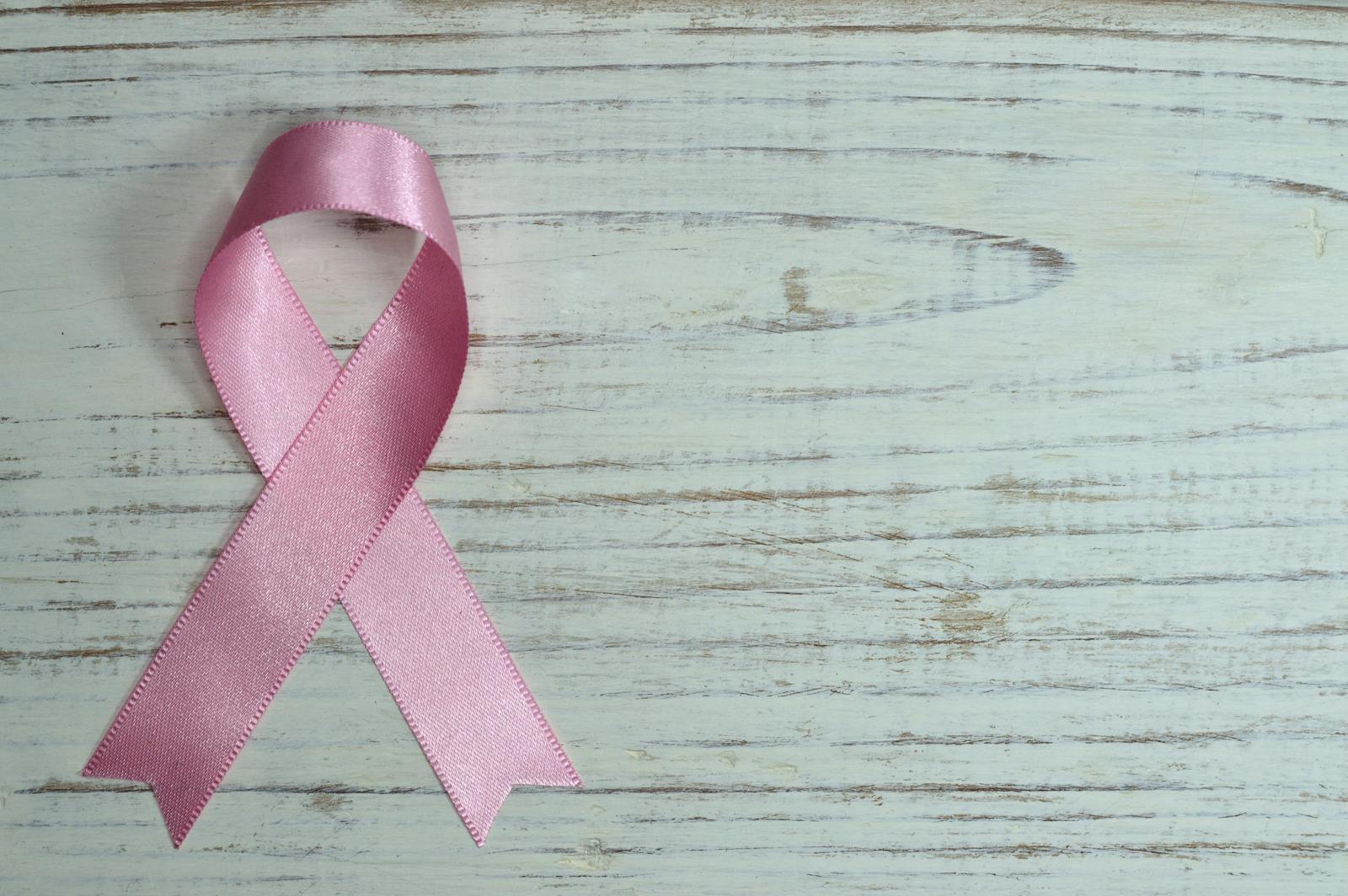The Shadow of Treatment: Understanding Side Effects in Breast Cancer
Summary: Surgery, radiation, chemotherapy and hormone therapy each carry predictable risks — and unpredictable consequences — that reach far beyond tumor control. This article maps those effects, how they affect daily life and work, and why rehabilitation must be planned, not improvised.
Why side effects matter as much as survival
When clinicians talk about survival, the conversation tends to centre on tumor markers, margins and recurrence risk. Patients, however, live with the consequences of treatment every day: pain, fatigue, limited mobility, altered body image and interruptions to work and family life. These sequelae aren’t mere inconveniences. For many women they determine whether life after cancer feels like recovery or constant management.
Surgery — immediate removal, lasting changes
Surgical interventions range from lumpectomy to mastectomy and often involve axillary lymph node dissection. The physical effects extend beyond the operating theatre.
Physical and functional impact
Postoperative pain and local hypersensitivity are common. When a whole breast is removed, the body’s biomechanics shift: posture can change and muscles in the back and neck may compensate, increasing discomfort. Patients frequently report reduced arm strength and restricted shoulder mobility on the operated side.
Lymphedema and sensory sequelae
Removal of lymph nodes can precipitate lymphedema — persistent swelling, a sensation of heaviness and reduced limb dexterity. In one clinical cohort referenced from a Brazilian series, 14.86% of patients cited lymphedema among principal ongoing complaints affecting daily life. Sensory changes such as numbness or tingling, plus scar fibrosis that limits tissue mobility, are also common.
Work and role disruption
Surgical aftereffects frequently influence employment. In the same cohort, nearly 59.72% of women reported having to leave work following surgery. Reported reasons included fear of injury, diminished strength, reduced speed of movement, pain and medical restrictions. Leaving paid work was associated with lower measures of quality of life — a reminder that the social and economic dimensions of recovery matter as much as the biological ones.
Radiotherapy — targeted, but locally disruptive
Radiation treats a confined field, but that doesn’t mean the treated tissue is unscathed.
Fatigue and skin reactions
Fatigue is the most frequently reported complaint during and after radiotherapy — profound tiredness that lingers beyond the treatment course. Locally, patients may develop redness, dryness, sensitivity, hyperpigmentation and, in severe cases, moist desquamation (weeping ulcers). These skin changes can produce discomfort and limit clothing choices; clinicians typically advise loose, breathable garments and caution about topical products on irradiated skin.
Most skin reactions improve once treatment ceases, though texture changes and mild stiffness in the irradiated area can persist for some patients.
Chemotherapy — systemic effects with broad reach
Cytotoxic drugs attack dividing cells indiscriminately. That potency translates into systemic side effects.
- Bone marrow suppression: anemia, neutropenia and thrombocytopenia are common and can increase infection risk and fatigue.
- Gastrointestinal: nausea, vomiting, appetite loss, mucositis and ulcers are frequent burdens during treatment cycles.
- Alopecia: chemotherapy-induced hair loss is visible and emotionally impactful; with most modern regimens it is temporary and hair regrows after therapy ends.
While many chemotherapy effects remit in recovery, they exact an emotional toll — abrupt shifts in appearance and capacity that can erode self-image and agency.
Hormonal therapy — long game, persistent trade-offs
Endocrine agents (for hormone-receptor–positive disease) alter the internal chemical environment rather than directly killing cells. Their side effects are often subtler but longer-lasting.
Tamoxifen, a commonly used agent, is associated with hot flashes, vaginal discharge or irritation and irregular menstrual cycles. Because endocrine therapy is typically prescribed for years, these symptoms can be chronic and require ongoing management. Patient experience varies: for some, side effects are tolerable and manageable; for others they represent a daily compromise between disease control and quality of life.
Quality of life: symptoms outweigh procedure type
Clinical assessments show that the mere type of surgery, the performance of reconstruction or the presence of postoperative physiotherapy does not always predict a patient’s quality of life. Rather, the persistence of symptoms — pain, swelling, restricted motion, sensory changes — correlates strongly with poorer quality of life metrics. In short: the sequelae matter more than the label of the procedure.
Employment and identity
Work is not only an income source; it’s identity and social structure. Returning to or maintaining employment after treatment conveys normalcy and capability for many patients. The data from the referenced cohort shows a clear association between leaving work and reduced life-quality scores. Successful vocational reintegration therefore requires more than physical recovery — it needs psychological support and workplace accommodations.
Rehabilitation as core care
The evidence points to a simple conclusion: multidisciplinary rehabilitation must be integrated into cancer care. Physiotherapy addresses mobility and lymphedema; occupational therapy facilitates task adaptations; psychological support helps with adjustment; and, where appropriate, reconstructive surgery can assist body-image recovery. These services should be offered proactively, not tacked on afterward.
Key takeaways
- Side effects vary by modality — but shared burdens (pain, fatigue, loss of function) are common.
- Persistent symptoms, not surgical labels, drive worse quality-of-life outcomes.
- Leaving work after treatment correlates with poorer life-quality scores; vocational support matters.
- Plan rehabilitation early: it’s essential, not optional.
Conclusion
Breast cancer treatment saves lives. But survival is only the beginning. The physical, psychological and social ramifications of surgery, radiation, chemotherapy and endocrine therapy can shape years of recovery. Patients and clinicians should plan for those effects from diagnosis onward: anticipate them, measure them, manage them and — crucially — offer structured rehabilitation and workplace reintegration. That’s how treatment becomes not only curative, but also life-restorative.
Notes: Numerical values and cohort results referenced above are drawn from the clinical series cited in the original Portuguese article and its referenced studies. For personalized recommendations, consult your treating physician. Suggestion: ask early about lymphedema prevention, rehabilitative referrals and gradual return-to-work planning with your care team.




